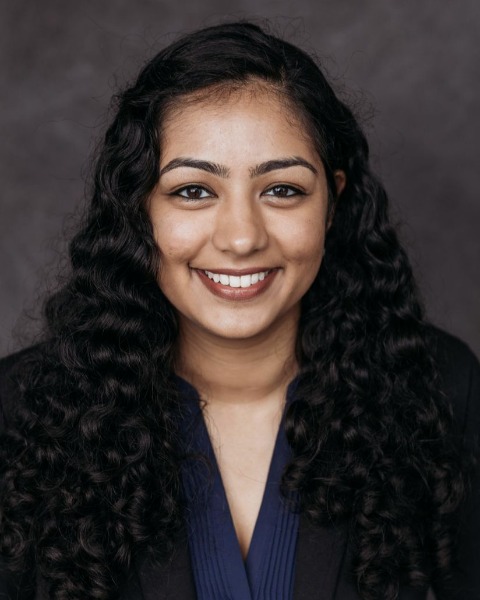Global Neonatal & Children's Health
Session: Global Neonatal & Children's Health 2
499 - Pediatric Telehealth Clinics for Asylum-Seeking Children at the US/Mexico Border: A Successful Model of Collaboration
Friday, May 3, 2024
5:15 PM - 7:15 PM ET
Poster Number: 499
Publication Number: 499.600
Publication Number: 499.600

Saniya S. Kishnani, MD (she/her/hers)
Resident
UCSF Benioff Children's Hospital San Francisco
San Francisco, California, United States
Presenting Author(s)
Background: Asylum-seeking families arriving at the US/Mexico border have faced political, economic, and interpersonal violence, and have physical and mental health needs as a result. However, access to medical care is severely limited, especially for children.
Objective: In March 2022, in response to a request from the Sidewalk School for Children Asylum Seekers (SWS), physicians from the San Francisco Bay Area partnered with SWS in Reynosa and Matamoros, Mexico to pilot a pediatric telehealth clinic to address the health needs of children seeking asylum. A team of US based pediatricians worked with the SWS and on-the-ground medical volunteers to determine the needs. The pediatricians and SWS developed a telehealth clinic model responsive to dynamic conditions on the ground.
Design/Methods: 11 pediatric, family medicine, and internal medicine physicians volunteer to provide weekly physician consultations via video chat in 3 hour shifts. The SWS hired nurses who visit encampments and shelters to identify urgent medical cases. Nurses assist with patient scheduling and visit support; volunteer interpreters provide language support in Spanish and Haitian Creole. Physicians see patients and provide treatment recommendations, and SWS staff purchase medications to provide to patients. There is additional limited on-the-ground support for labs and urgent medical needs. The clinic is funded through donations to the SWS. Although the initial target population was children, the addition of family and internal medicine physicians has allowed the clinic to serve adults who also have acute medical needs.
Results: From March 2022 through September 2023, the Sidewalk School Telehealth Clinic saw 929 patients over 163 clinic sessions, and diagnosed and treated a wide range of acute, chronic, and complex medical needs. Ages ranged from 2 weeks to 76 years. A majority of patients (55%) were aged 21 years or younger and 38% spoke Haitian Creole, while 62% spoke Spanish. The SWS leadership shared, “Hospitals in Mexico don’t have enough resources to serve asylum seekers. What the doctors are doing is literally saving lives”.
Conclusion(s): Collaboration with US based physicians and local partners supporting asylum seekers living in low resource settings can support the health of asylum seekers and add capacity to front line medical care. There have been many lessons learned, including the need for flexibility and adaptation as on-the-ground factors shift. Our pilot demonstrated this model is feasible and depends on a strong relationship between locally-based humanitarian support, on-the-ground medical partners, and volunteer physicians.
